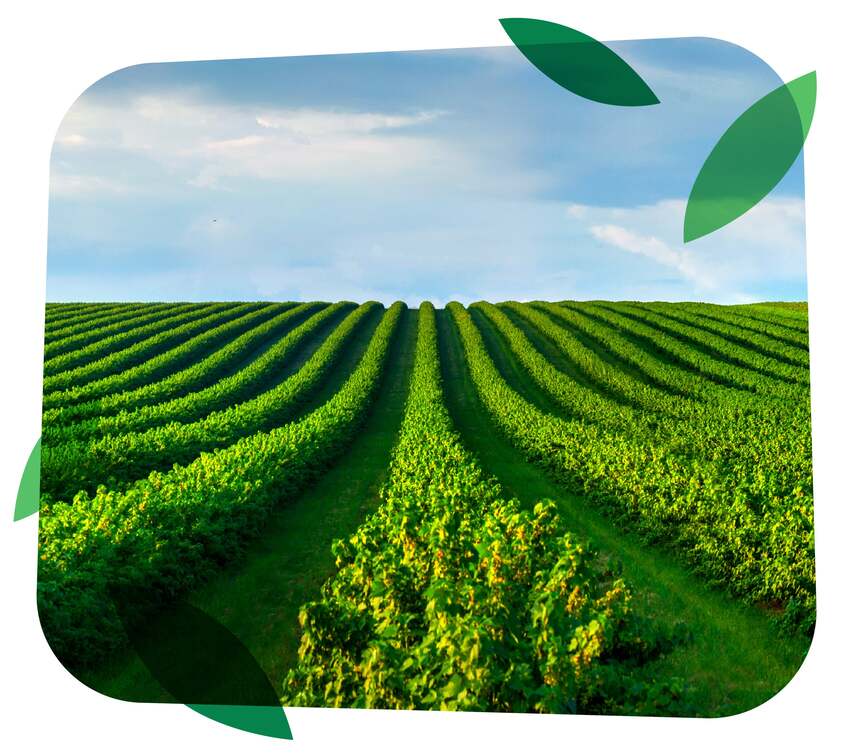Author: Eyal Ronen Haifa Chemicals Chief Agronomist
Abstract: EYAL RONEN outlines the effects of salinity on soils and substrates, its impact on plant growth performance, and strategies to avoid it. Introduction Soil salinity is an increasing threat for agriculture and is a major factor in reducing plant productivity; therefore, it is necessary to better understand the reasons for its development and how to obtain sufficient control over the phenomenon. Salinity can be the result of both natural occurrence and human behavior. Salinity problems occur in non-irrigated lands as a result of water losses through evaporation, transpiration, possibly salt input through rain, and seawater drift. Additionally, salinity can develop due to careless usage of several fertilizers, irrigation with saline water, or over-irrigation that causes capillary movement of hidden salts from lower layers in the soil, however, a much more extensive problem in agriculture is the accumulation of salts from irrigation water. Evaporation and transpiration reduce the water content of soil by removing pure water as vapour. The water losses concentrate the solutes that are left behind in the soil solution. This concentration is sometimes referred to as ‘salt build-up’ and it may increase further when there is no opportunity to flush out and drain the accumulated salts. When the solutes in the active root zone reach a certain concentration, some changes take place in plant performance, especially in salt sensitive species, and plant injuries can be seen. When there is a high concentration of Na+ (Sodium) in soil, it is referred to as ‘Sodicity’. When Cl- (Chloride) or other salts are involved, it is referred as ‘Salinity’.






